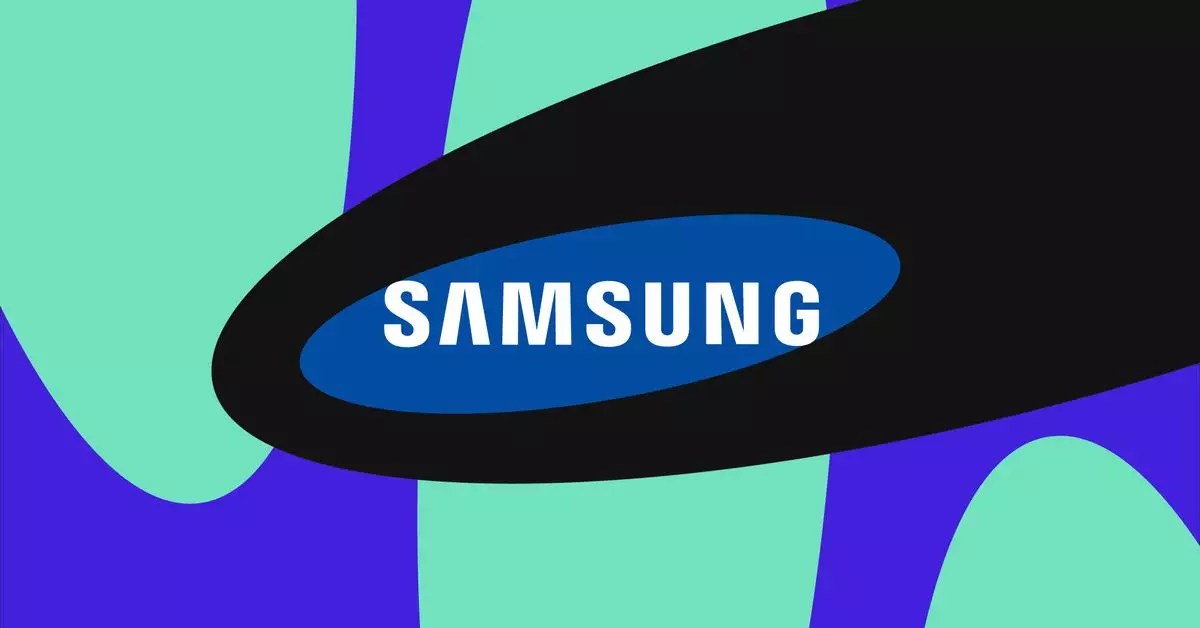In a rapidly evolving landscape of technology, the partnership between Samsung and Google in developing augmented reality (AR) glasses marks a significant milestone. The announcement made by Samsung’s TM Roh to Bloomberg indicates not only a commitment to advancing AR technology but also highlights the increasing competition in the field. While specific details around the project remain sparse, the engagement of two tech giants signals a promising trajectory for the future of augmented reality.
The Current Landscape of AR Technology
The recent developments in augmented reality can be likened to a technological race, with various companies vying for supremacy in the arena. Last year, Meta unveiled its first AR glasses prototype, named Orion, which, while impressive, were never intended for commercial release. This not only illustrates the challenges associated with bringing AR technology to the consumer market but also reinforces the notion that the development process is anything but straightforward. The distinction between demonstration and practical functionality remains a crucial hurdle for all developers in this emerging sector.
Simultaneously, Google’s announcement regarding Project Moohan—a mixed reality headset powered by Android XR—indicates an even broader strategy focusing on integrating AR into everyday technology. The synergy between Google’s operating system developments and Samsung’s hardware prowess may create a powerful ecosystem designed for seamless user experiences. As Google aims to co-develop applications for headsets and smart glasses, this partnership could redefine user interaction within augmented spaces, bridging the gap between virtual and physical realities.
The iinteractivity within platforms like Google’s Android XR promises users unique experiences. As highlighted by technology reporter Victoria Song, the similarities between the user interface of Moohan and established products like the Meta Quest 3 and Apple Vision Pro delineate a growing standardization within the industry. Users can expect intuitive controls—such as pinching to select options and tapping to navigate—facilitating engagement with AR content and applications. The potential for immersive environments where users can interact with applications in a three-dimensional space increases the appeal of such devices to both consumers and developers.
Alongside AR initiatives, Samsung’s unveiling of the Galaxy S25 phone series indicates the company’s strategy of encompassing a broader technological ecosystem. The integration of advanced hardware in smartphones like the Galaxy S25, S25 Plus, and S25 Ultra can complement AR initiatives. By offering high-performance smartphones equipped with cutting-edge technology, Samsung is positioning itself as a leader in offering holistic technological solutions that extend beyond standalone devices.
As Samsung and Google embark on their collaboration in developing AR glasses, the anticipated timeline and specific features may remain unclear for some time. However, the potential for innovation in augmented reality is immense. With each company bringing unique strengths to the table, users can expect groundbreaking developments that could redefine the way we interact with technology. As the boundaries between physical and virtual worlds continue to blur, the future of AR looks not just promising, but transformative.


Leave a Reply